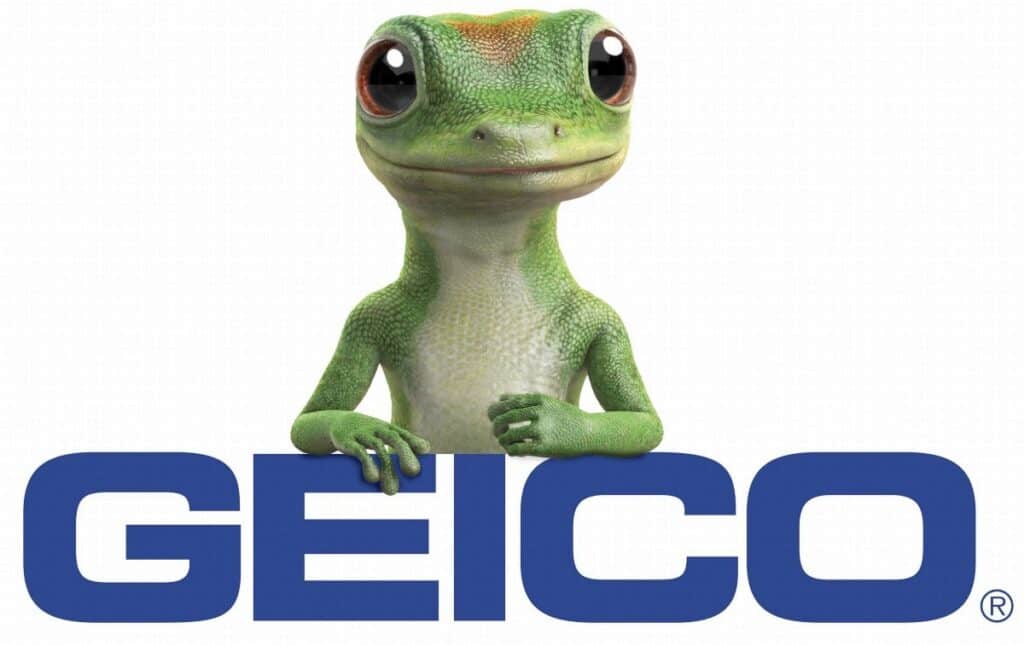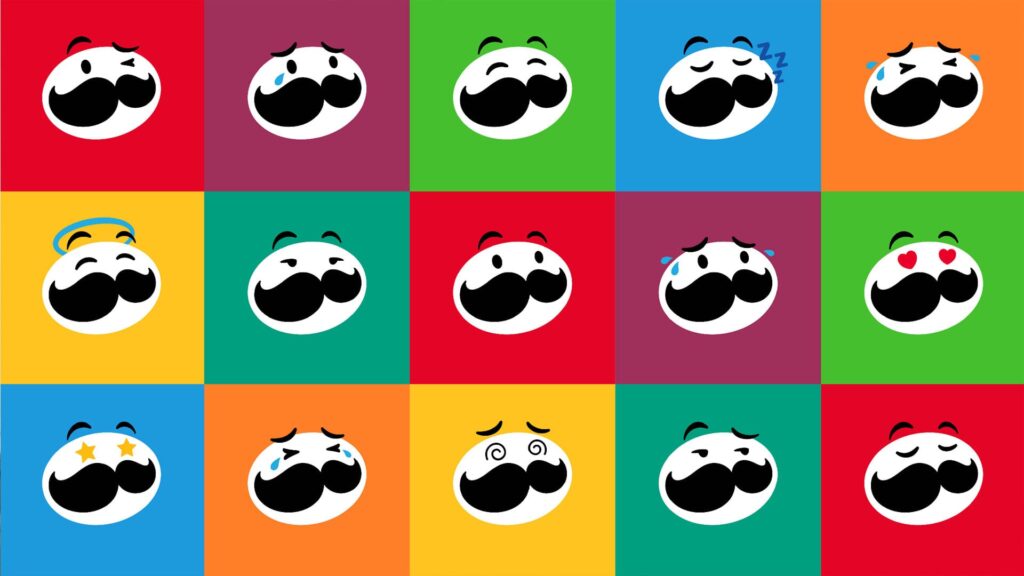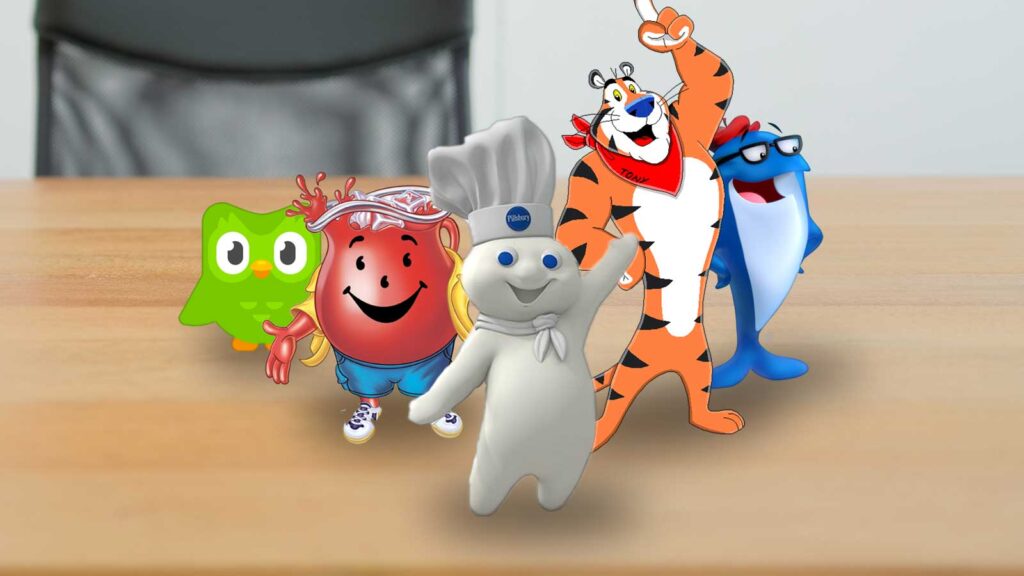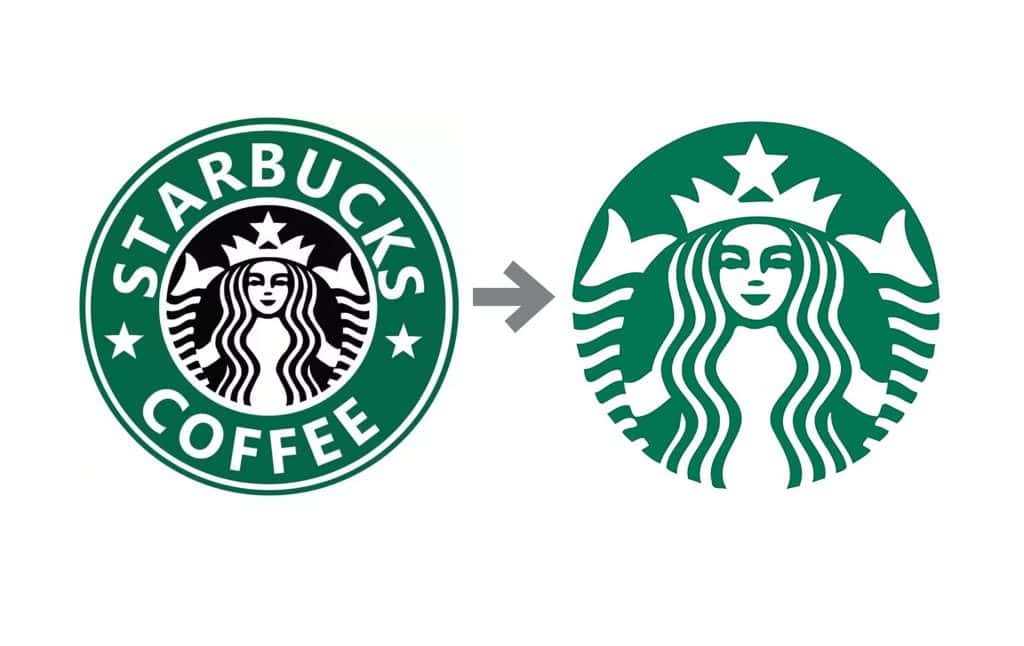Mascot Logos: Unleashing the Branding Magic
In the bustling realm of modern branding, a unique and vibrant protagonist has been silently stealing the show – mascot logos. From sports teams to tech titans, fast food to financial services, these friendly faces are working their magic on the global stage, adding depth and personality to brands worldwide.
Let me drop a little secret here: Mascot logos aren't just about fun and games – they're powerful, strategic tools in branding. They've become integral brand ambassadors, embodying a company's spirit while serving as a memorable, relatable symbol to audiences. Think of the most memorable ones: the Twitter bird, the Michelin Man, or the famous Planters' Mr Peanut. These mascots are practically celebrities within their respective industries, aren't they?
According to a study by the Journal of Advertising Research, brands employing mascots saw an increase in brand favorability of up to 24% over their non-mascot counterparts. In an era where nearly 75% of consumers remember brands through their logos, as per the report by Medium, the mascot logos pack an even greater punch.
So buckle up because we're about to dive deeply into the captivating world of mascot logos. We'll dissect the success stories, learn how to tap into this branding magic and unleash the full potential of mascot logos. Let's get started, shall we?
Table of Contents
The Essence of Mascot Logos

Mascot logos are more than just a visual representation of a brand; they embody its core values, personality, and identity. A well-designed mascot logo has the power to:
- Establish Brand Identity: A mascot logo serves as a visual anchor for a brand, instantly making it recognisable and memorable. It sets the brand apart from its competitors and creates a distinct identity in the minds of consumers.
- Convey Brand Personality: Mascot logos can convey a brand's unique personality and character. Whether it's a friendly and approachable mascot or a strong and authoritative one, the personality portrayed can significantly influence how consumers perceive the brand.
- Evoke Emotional Connections: Mascot logos can tap into consumers' emotions, creating a sense of familiarity, trust, and loyalty. By connecting with consumers on a deeper level, mascots can foster long-term relationships and generate brand advocacy.
The Science Behind Mascot Logo Success

Creating a successful mascot logo involves a careful blend of art and science. Let's delve into the key elements and techniques contributing to mascot logos' effectiveness.
Understanding the Target Audience
A mascot logo must resonate with the target audience to be effective. Conducting in-depth market research to understand the target audience's demographics, preferences, and interests is crucial. A strong connection can be established by aligning the mascot's attributes, colours, and design elements with the audience's preferences.
Character Development and Storytelling
A well-crafted mascot is more than just a visual representation; it possesses a unique personality and backstory. A mascot logo becomes relatable and memorable by developing a character that aligns with the brand's values and story. Storytelling through the mascot's design, gestures, and expressions adds depth and engages the audience more emotionally.
Simplicity and Versatility
Simplicity is vital when it comes to mascot logo design. A cluttered or overly complex mascot can be visually overwhelming and fail to resonate with the audience. A mascot should be easily recognisable, even in small sizes or black-and-white formats. Ensuring versatility allows the mascot to adapt to various mediums, such as digital platforms, print materials, and merchandise.
Visual Appeal and Aesthetics
The visual appeal of a mascot logo plays a significant role in capturing attention and leaving a lasting impression. Attention to detail in the design, colour palette, and overall aesthetics can make a mascot visually appealing, resulting in increased brand recall. Using colours, shapes, and typography should align with the brand's identity and evoke the desired emotional response.
Real-Life Examples of Mascot Logo Success

To truly understand the power of mascot logos, let's explore some real-life examples of companies that have leveraged mascots to enhance their brand presence and create a solid emotional connection with their target audience.
- Michelin Man (Bibendum) – Michelin Tires: Bibendum, better known as the Michelin Man, symbolises Michelin, a tire company. The mascot, created in 1898, is an anthropomorphic figure made of tires. Over the years, Michelin has used this mascot effectively in various advertisements, showing it is performing feats of strength or durability, symbolising the quality and resilience of its tires.
- Ronald McDonald – McDonald's: Ronald McDonald is one of the most recognisable brand mascots in the world. He is a clown character used to market McDonald's fast-food restaurant chain. Ronald is often featured in television commercials, print ads, and in-store promotions, presenting a friendly, fun-loving image that particularly appeals to children.
- The Geico Gecko – Geico: Geico, an insurance company, uses the Geico Gecko, a computer-animated mascot, to make insurance more friendly and accessible. The gecko speaks in a British accent, which makes him memorable, and he explains the benefits of Geico insurance in a simple, relatable manner.
- Tony the Tiger – Kellogg's Frosted Flakes: Tony the Tiger is the mascot for Kellogg's Frosted Flakes cereal. His catchphrase, “They're Gr-r-reat!” is synonymous with the brand. Tony's energy and positivity make the cereal seem fun and exciting to kids.
- Mr Peanut – Planters: Mr Peanut, an anthropomorphic peanut wearing a top hat, monocle, and spats, was the mascot for Planters Peanuts. Created in 1916, Mr Peanut added a sense of sophistication and charm to the brand.
- Colonel Sanders – KFC: Colonel Sanders, the founder of KFC, is the fast-food chain's mascot. His image is used in the restaurant's logo, and he appears in most of their marketing materials. The Colonel Sanders mascot provides a human touch to the brand and symbolises the company's heritage.
- The Energizer Bunny – Energizer: The Energizer Bunny, a pink toy rabbit beating a drum, represents Energizer batteries. Its ceaseless drumming represents the long-lasting power of Energizer batteries. The Energizer Bunny has been effectively used in television commercials where it outlasts other toys and devices, underlining the product's primary selling point.
- M&M's Spokescandies – M&M's: The colourful, anthropomorphic M&M's Spokescandies are critical to the chocolate brand's identity. Each colour character has a distinct personality, making them memorable and engaging. The M&M's mascots have been a marketing success, starring in commercials, print ads, and various merchandise.
- Pillsbury Doughboy – Pillsbury: The Pillsbury Doughboy, or Poppin' Fresh, is an adorable character that brings warmth and personality to the Pillsbury brand. His giggle when poked in the stomach is a memorable and endearing feature used in commercials to highlight the fun and joy of using Pillsbury products.
- The Aflac Duck – Aflac: Aflac, an insurance company, uses the Aflac Duck as its mascot. The Duck's primary commercial function is to quack the company name, “Aflac!” This memorable marketing strategy has made the Aflac Duck a symbol of the company, and its repetitive quacking makes the brand name stick in the minds of consumers.
The Return on Investment (ROI) of Mascot Logos
Creating and implementing a mascot logo can yield significant returns for a brand. Let's explore the tangible benefits that mascot logos bring to the table.
- Brand Recognition and Recall: A well-designed mascot logo increases brand recognition and recall. According to a study by the Journal of Business Research, brands with mascots were found to have higher recall rates than those without mascots.
- Emotional Connection and Brand Loyalty: Mascots can forge emotional connections with consumers, leading to increased brand loyalty. According to a Journal of Advertising Research study, emotional attachment to a mascot positively influenced brand loyalty and purchase intent.
- Differentiation and Competitive Advantage: Mascot logos differentiate a brand from its competitors, allowing it to stand out in a crowded marketplace. Companies can gain a competitive edge and attract loyal customers by creating a unique and memorable brand ambassador.
- Versatile Branding Opportunities: Mascot logos offer versatile branding opportunities across various marketing channels and mediums. From digital platforms to packaging, merchandise, and advertisements, mascots can be leveraged to create consistent and engaging brand experiences.
How to Create a Captivating Mascot Logo

Now that we understand the power of mascot logos let's dive into the step-by-step process of creating a captivating mascot logo that resonates with the target audience.
- Define Brand Identity and Values: Before embarking on mascot design, it is crucial to define the brand's identity, values, and personality. This will be a foundation for creating a mascot that aligns with the brand's essence.
- Conduct Market Research: Thorough market research helps understand the target audience's demographics, preferences, and interests. This knowledge will inform the design choices and ensure the mascot connects with the intended audience.
- Sketching and Concept Development: Begin by sketching rough ideas and exploring various concepts for the mascot. Experiment with different styles, poses, and expressions to bring the character to life.
- Refine and Digitise: Once an idea is chosen, refine and digitise the sketch using graphic design software. Pay attention to details, colours, and overall aesthetics during this phase.
- Test and Gather Feedback: Test the mascot logo with a select group of target audience members and gather feedback. Use this feedback to make improvements and iterate on the design if necessary.
- Implement and Promote: Implement the mascot logo across various brand touchpoints, including digital platforms, packaging, merchandise, and advertising campaigns. Use the mascot as a central element in brand storytelling and communication.
Case Study: The Evolution of the Starbucks Siren

One of the most recognisable mascot logos in the world is the Starbucks siren. Let's take a closer look at the evolution of the Starbucks siren logo and how it has contributed to the brand's success.
The Early Years: 1971-1987
When Starbucks was first established in 1971, the logo featured a brown, detailed illustration of a twin-tailed mermaid or siren—this logo aimed to capture the allure of coffee and evoke a sense of mystique and adventure.
Simplification and Modernisation: 1987-2011
In 1987, the Starbucks logo underwent a significant transformation. The siren was simplified, with cleaner lines and focused on the face. The logo was paired with a green colour scheme, symbolising freshness and growth. This change made the logo more versatile and recognisable across various mediums.
Embracing Simplicity: 2011-Present
In 2011, Starbucks made a bold move by removing the text and focusing solely on the siren. This minimalist approach allowed the siren to take centre stage and become an iconic brand symbol. The green colour scheme was retained, reinforcing Starbucks' commitment to sustainability and its association with coffee.
The evolution of the Starbucks siren logo showcases the power of simplification and the importance of adapting to changing times while staying true to the brand's heritage.
The Future of Mascot Logos: Embracing Digital Spaces

Mascot logos adapt to new mediums and spaces as we enter the digital age. Digital platforms provide unique opportunities for mascots to engage with consumers innovatively.
Social Media Engagement
Mascot logos can be leveraged on social media platforms to engage with followers and build a community. Mascots can have social media accounts, where they interact with fans, share behind-the-scenes content, and even participate in trending challenges or memes. This level of engagement helps humanise the brand and creates a sense of authenticity.
Augmented Reality (AR) Experiences
With the advancement of AR technology, mascots can come to life in the real world through interactive experiences. Brands can develop AR filters or apps that allow users to interact with the mascot, take selfies, and share their experiences on social media. This immersive engagement strengthens the emotional connection between the brand and the audience.
Virtual Assistants and Chatbots
Mascots can also be integrated into virtual assistant platforms or chatbots, providing a more personalised and engaging customer experience. Through voice and visual interfaces, mascots can assist users with inquiries, offer recommendations, or tell stories. This human-like interaction adds a touch of fun and friendliness to the digital experience.
Conclusion
Mascot logos can captivate, engage, and create strong emotional connections with consumers. By embodying a brand's identity and values, mascots become iconic ambassadors that leave lasting impressions. A captivating mascot logo can be created by understanding the target audience, character development, simplicity, and visual appeal.
The return on investment of mascot logos is evident in increased brand recognition, emotional connections, differentiation, and versatile branding opportunities. As we embrace the digital future, mascots continue to evolve and find new ways to engage with consumers in digital spaces. So, unleash the branding magic with a captivating mascot logo and watch your brand come to life!
